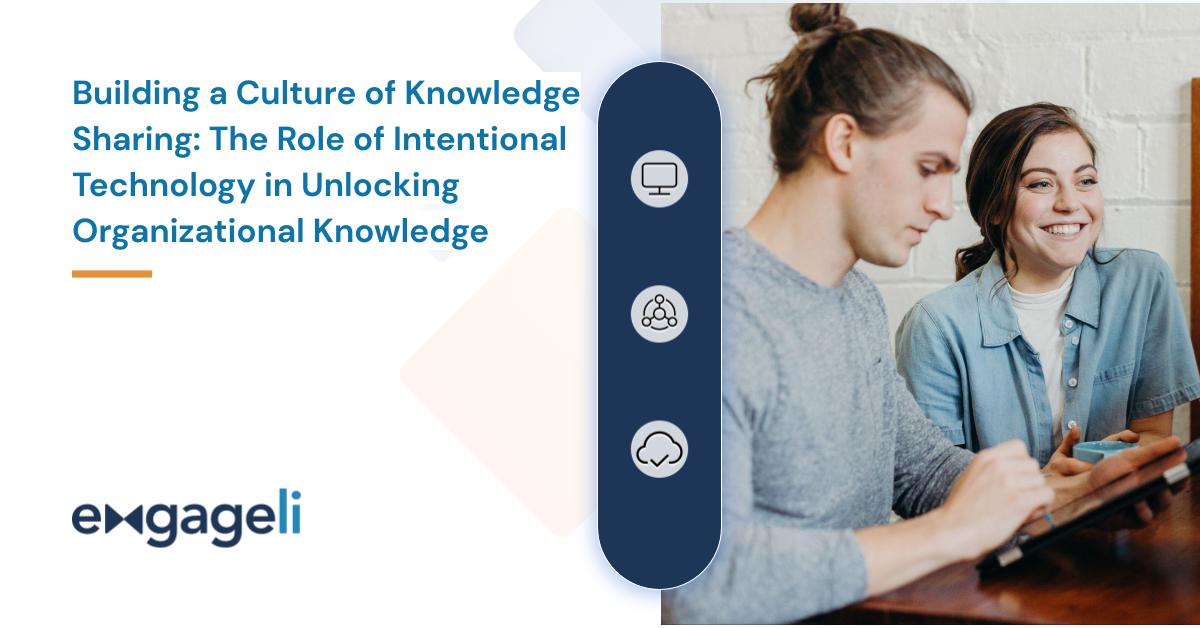Is your company missing out on growth opportunities by failing to tap into the implicit knowledge of your employees? Read on to learn how we use our own product to surface and leverage tacit knowledge and make better decisions.
Organizational knowledge is a critical asset for companies looking to grow and evolve in the shifting business landscape. However, surfacing implicit knowledge can be a challenge, particularly as companies grow in size and complexity. The collective knowledge and expertise that resides within a company, including the tacit knowledge that lives in employees’ brain, experiences and everyday activity, is mostly hidden from colleagues, decision makers, and executives.
Distributed teams making knowledge sharing a challenge
According to a 2022 Forbes Technology Council article, “most of the proprietary knowledge within a company isn’t in Google Docs or Notion—it lives within the minds of your employees”, with 77% of Gen-Z employees, and 58% of corporate workers broadly, reporting they’re holding in knowledge that could benefit their co-workers. This knowledge gap can lead to missed opportunities, inefficiencies, and lost revenue. Furthermore, the COVID-19 pandemic has highlighted the importance of organizational knowledge as remote work becomes more prevalent. As teams are now more distributed, it is even more critical to find ways to share and leverage implicit knowledge effectively. Learning does not always look the same - sometimes the most effective learning happens in the most unstructured or informal settings, so having the right tools to encourage this in remote work is essential. Video-conferencing tools were not built with collaboration at the core, but collaboration is critical to meaningful learning.
Cross-functional collaboration through intentional technology
To address these challenges, companies should consider intentional tools that facilitate collaboration and knowledge sharing. By creating a collaborative culture and investing in the right tools and strategies, companies can stay competitive and drive success. This is precisely what our team is experiencing by using our own product, Engageli, to surface tacit knowledge.
We have been using Engageli for our internal meetings and team collaboration since the start of the company. As a remote-first, global team, effective collaboration tools are crucial for our business to thrive. Recently, we used it to gather cross-functional groups for discussions on key business questions such as core user pain points on which to focus and lessons learned in how to best leverage cross-functional expertise. Engineers, business leads, HR, and designers easily exchange insights, work on shared documents, brainstorm ideas and surface key themes. Engageli provides a flexible environment that allows for this to happen effortlessly, bringing these crucial insights to the executive team to analyze, document, and use as a foundation for decision-making.
One example of how we use Engageli is through our product enhancement process. When our team is exploring ways to improve our product, we create cross-functional groups that include representatives from various departments such as engineering, design, product management, and customer success. These groups come together to share context from their discipline, bringing together the voices of our users from our Partner Success Managers with the learning science insights of our Learning & Teaching Academic Engagement Specialists and the technical expertise of our Software Engineers. Through the seamless movement between small and large group interactions, and ability to jot notes, share ideas, and discuss through conversation and chat - all in the same platform, team members share their thoughts, ideas, and feedback in real-time, building upon each other's contributions and surfacing insights that might otherwise be missed. These informal, ongoing, crossovers provide meaningful connections across functional areas, supporting the percolation of ideas and understanding and breaking down of silos.
Recently we spoke with an Executive Director of Workforce Development with an educational background in marketing, information systems, and education, as well as having successfully led sales organizations, launched new products worldwide, and managed corporate learning and development organizations. In our EngageLive conversation, he shared his intentionality in using technology, including Engageli. When the Workforce Development team gathered virtually on Engageli for their two-day annual meeting around this year’s theme of “better together” to use and evaluate tools to improve their efforts and the broader organization’s learning, they came away awarding the meeting the highest scores to date. “This is no small feat,” commented our guest, “as L&D professionals can be quite critical of group engagement experiences.”
An all-in-one tool to harness collective intelligence
By intentionally using technology to facilitate collaboration and knowledge sharing, we are able to harness the collective intelligence of our team and drive better outcomes for our business, while building a shared understanding of key issues. This enables us to make more informed decisions, develop better products, and create more effective go-to-market strategies.
By investing in intentional technology and creating a culture of knowledge sharing, companies can drive innovation and growth and stay competitive in today's rapidly changing business environment.

